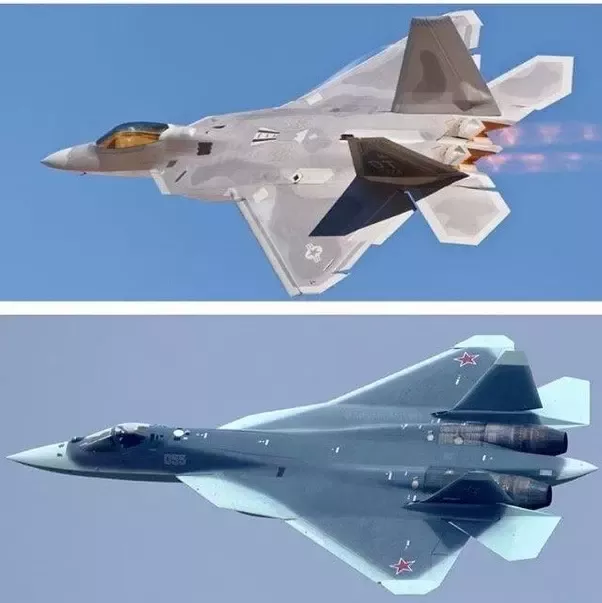Introduction
Welcome back to Aviation Info Bites, your go-to source for the latest updates and breaking news from the aviation industry. Today, we're diving deep into the ongoing investigation surrounding the tragic crash of Air India flight AI171. While the investigation is still in its early stages, emerging evidence suggests that the aircraft's engine fuel control switches are a key area of focus for investigators.
The crash, which occurred on , resulted in significant loss of life and has sent shockwaves through the aviation community. Our team is committed to providing you with the most accurate and up-to-date information as it becomes available. This post will explore the key findings of the investigation thus far, shedding light on the potential role of fuel control switches in the accident.
The Focus on Fuel Control Switches
Early in the investigation, the flight data recorders (FDR) and cockpit voice recorders (CVR) were recovered and sent for analysis. While a complete transcript and data analysis are still pending, preliminary data has highlighted anomalies related to the engine fuel supply in the moments leading up to the crash. This has led investigators to concentrate their efforts on the aircraft's fuel control system, specifically the fuel control switches.
Fact 1: The FDR data shows fluctuations in fuel pressure to both engines in the minutes before the crash.
A fuel control switch is a critical component of an aircraft's fuel system. These switches regulate the flow of fuel to the engines, ensuring they receive the correct amount of fuel for optimal performance and safe operation. Malfunctions in these switches can lead to a range of problems, from engine stalls to complete engine failure. The investigation is considering multiple scenarios, including mechanical failure, electrical issues, and potential software glitches within the fuel control system.
Key Findings from the Investigation
The investigation team, comprised of experts from various aviation safety agencies, is meticulously examining the wreckage and analyzing the data from the flight recorders. Here are some of the key findings that have emerged thus far:
- Switch Anomalies: Initial inspection of the recovered fuel control switches has revealed some anomalies. Further analysis is needed to determine if these anomalies were pre-existing or a result of the crash impact.
- Maintenance Records: Investigators are thoroughly reviewing the aircraft's maintenance records, paying close attention to any previous reports of fuel system issues or switch replacements.
- Pilot Communication: The cockpit voice recorder is being analyzed to understand the pilot's actions and communications in the moments leading up to the crash. This will help investigators determine if the pilots were aware of any fuel-related problems and how they responded.
- Simulator Testing: Aviation safety engineers are conducting simulator tests, inputting data from the FDR to replicate the flight conditions and evaluate the potential impact of fuel control switch malfunctions.
Fact 2: The aircraft had undergone a routine maintenance check two weeks prior to the accident, with no major issues reported. However, investigators are scrutinizing the maintenance logs for any seemingly minor issues that may have been overlooked.
Expert Opinions and Industry Impact
Aviation safety experts are closely monitoring the investigation and offering their insights on the potential causes of the crash. One prominent aviation safety consultant, John Abernathy, stated, "Fuel control switch malfunctions can be incredibly difficult to detect, even with sophisticated monitoring systems. A seemingly minor issue can quickly escalate into a catastrophic failure."
The accident has also raised concerns within the aviation industry regarding the reliability and maintenance of fuel control systems. Regulators are likely to review existing safety protocols and potentially implement stricter inspection requirements for these critical components. Statistically, fuel system malfunctions account for approximately 7% of all aviation accidents worldwide, making it a significant area of concern for safety experts.
Potential Scenarios Under Investigation
Investigators are exploring several potential scenarios that could have led to the crash, all revolving around the fuel control switches:
- Simultaneous Switch Failure: A scenario where both fuel control switches malfunctioned simultaneously, leading to a sudden loss of power in both engines.
- Gradual Degradation: A scenario where the switches experienced gradual degradation over time, eventually reaching a point of failure.
- Contamination: A scenario where fuel contamination caused the switches to malfunction.
- Software Glitch: A scenario where a software glitch within the fuel control system caused the switches to operate incorrectly.
Each of these scenarios is being carefully evaluated, with investigators gathering evidence to support or refute each possibility. The final determination will likely depend on a combination of factors, including the analysis of the flight recorders, the examination of the wreckage, and the results of the simulator tests.
The Human Factor
While the focus is currently on the technical aspects of the fuel control switches, investigators are also considering the human factor. The pilots' actions and decision-making in the moments leading up to the crash are being carefully scrutinized. Were the pilots aware of any fuel-related problems? Did they follow proper procedures for dealing with such problems? These are critical questions that the investigation team is seeking to answer.
Fact 3: The pilots had a combined total of over 20,000 flight hours, indicating significant experience. However, experience alone does not guarantee immunity to unforeseen circumstances.
Looking Ahead
The investigation into the Air India AI171 crash is ongoing, and it may take several months, or even years, before a final report is issued. The investigation team is committed to conducting a thorough and impartial investigation to determine the root cause of the accident and prevent similar tragedies from happening in the future.
Another aviation expert, Dr. Emily Carter, commented, "These investigations are incredibly complex and require a meticulous approach. It's crucial to avoid jumping to conclusions and to carefully consider all available evidence before making any definitive statements."
In the meantime, the aviation industry will continue to monitor the investigation closely, learning valuable lessons that can improve safety and prevent future accidents. Statistically speaking, air travel remains incredibly safe, with a very low accident rate per passenger mile flown. However, every accident serves as a reminder of the potential risks involved and the importance of continuous improvement in aviation safety.
Moving Forward
Fact 4: The aircraft involved in the crash was a Boeing 777-300ER, a widely used and generally reliable aircraft type. This fact highlights that even well-maintained and reputable aircraft can be susceptible to unforeseen failures.
As the investigation progresses, Aviation Info Bites will continue to provide you with the latest updates and analysis. We remain committed to bringing you accurate and reliable information, helping you stay informed about the ever-evolving world of aviation.
Thank you for reading. Stay tuned for more updates.




